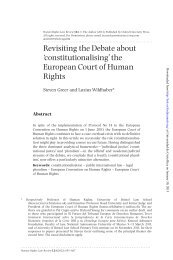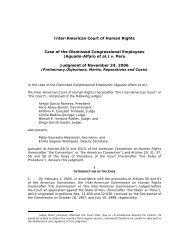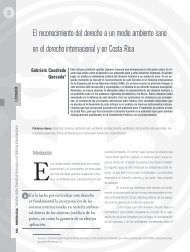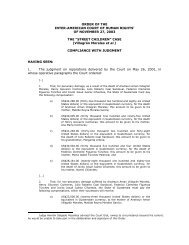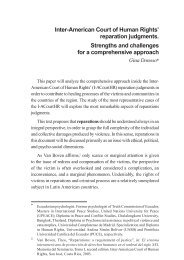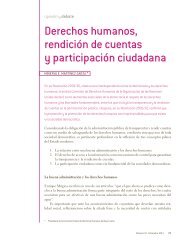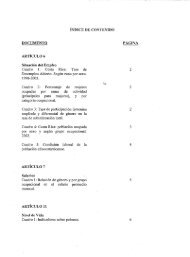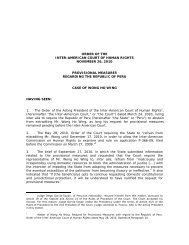The Political Economy of Japan Bradley M. RICHARDSON
The Political Economy of Japan Bradley M. RICHARDSON
The Political Economy of Japan Bradley M. RICHARDSON
- No tags were found...
You also want an ePaper? Increase the reach of your titles
YUMPU automatically turns print PDFs into web optimized ePapers that Google loves.
the degree displayed in Samuels' work, there are still quite a few examples <strong>of</strong> firmindependence and therefore <strong>of</strong> pluralistic processes in other realms. Figure 4contains relevant examples <strong>of</strong> state pluralism drawn from Samuels' and other works.Recent scholarship on <strong>Japan</strong>'s political economy also demonstrates thatmultiple rationales guide policy debates. Policies are not based solely on a singlesimple formula for economic growth employed by state ministries to support winners.Instead, both ministries and private interests approach economic policy choices withmultiple goals in regard to any issue as well as having a variety <strong>of</strong> concerns atdifferent times. <strong>Political</strong> parties, local government and trade unions also have multipleconcerns which reflect their own goals and operating rationales.As Figure 5 illustrates, individual economic policies address in every instancecombinations <strong>of</strong> multiple rationales. On the government ministry side, some policieswere designed mainly to increase production, others to stimulate productivity, othersto provide a stable domestic supply so as to conserve foreign exchange and othersto relieve burdens on fiscal resources. Specific ministries also proposed economicpolicy formulae which would expand their own control, usually because <strong>of</strong> anideological commitment to state intervention and a mistrust <strong>of</strong> free markets.Depending on the issue, business firms' main policy goals have includedavoidance <strong>of</strong> direct government control, pr<strong>of</strong>it maximization, survival by avoidance <strong>of</strong>bankruptcy, and a acquisition <strong>of</strong> a stable or growing market share. <strong>The</strong>se and otherconcerns have led businesses to make subsidiary demands for various kinds <strong>of</strong>actions such as production subsidies, regulations which limit market entry orgovernment-supported price mechanisms. Other political actors have had similarlydiverse concerns depending on the time and setting. Trade unions were concernedwith continued employment, unemployment benefits, retraining programs,participation in management and/or, in some periods, nationalization <strong>of</strong> particularindustries (30). Local governments themselves wanted to avoid footing the bill forindustrial development or adjustments, while maximizing local employment andprosperity. Politicians made demands based on the rationales advocated by theirgroups or localities. Policies were made in what Norton Long has called an ecology<strong>of</strong> games (31). Policies are the outcome <strong>of</strong> a negotiated intersection <strong>of</strong> variouseconomic rationales, not the imposition <strong>of</strong> a single dimensional economic growthrationale on a variety <strong>of</strong> actors with varying and not always mutually consistent (oreven simply defined) interests. <strong>The</strong>se complexities indicate there is much more togovernment policymaking and its acceptance than solely a bureaucratic ideology <strong>of</strong>growth.Qualifying the <strong>Japan</strong>ese Government Economic Role: <strong>The</strong> Scope andPriorities <strong>of</strong> Government Investments. Before discussing the implications <strong>of</strong>government programs in specific economic sectors, two general misconceptions




